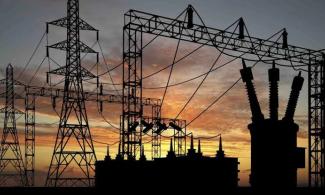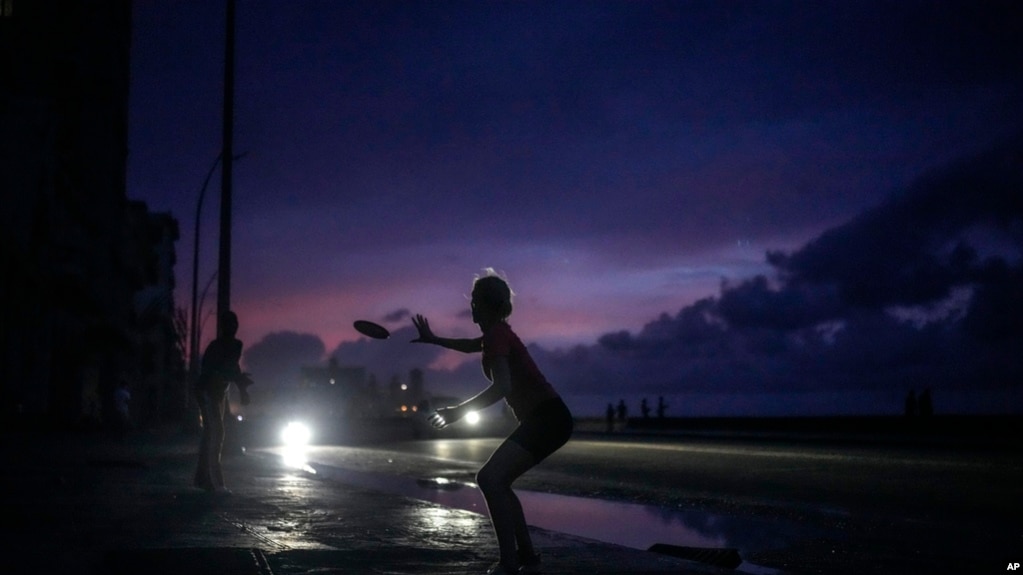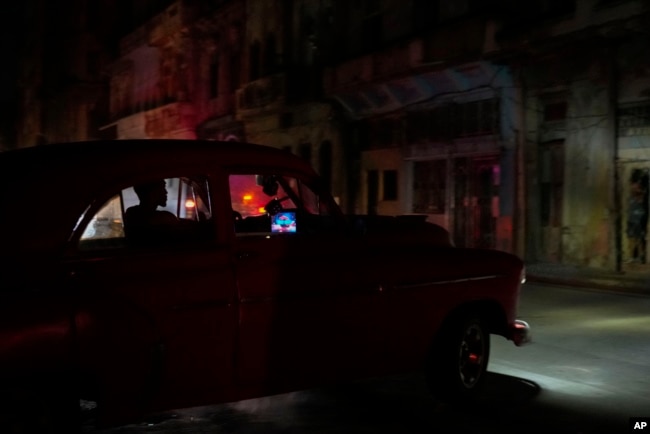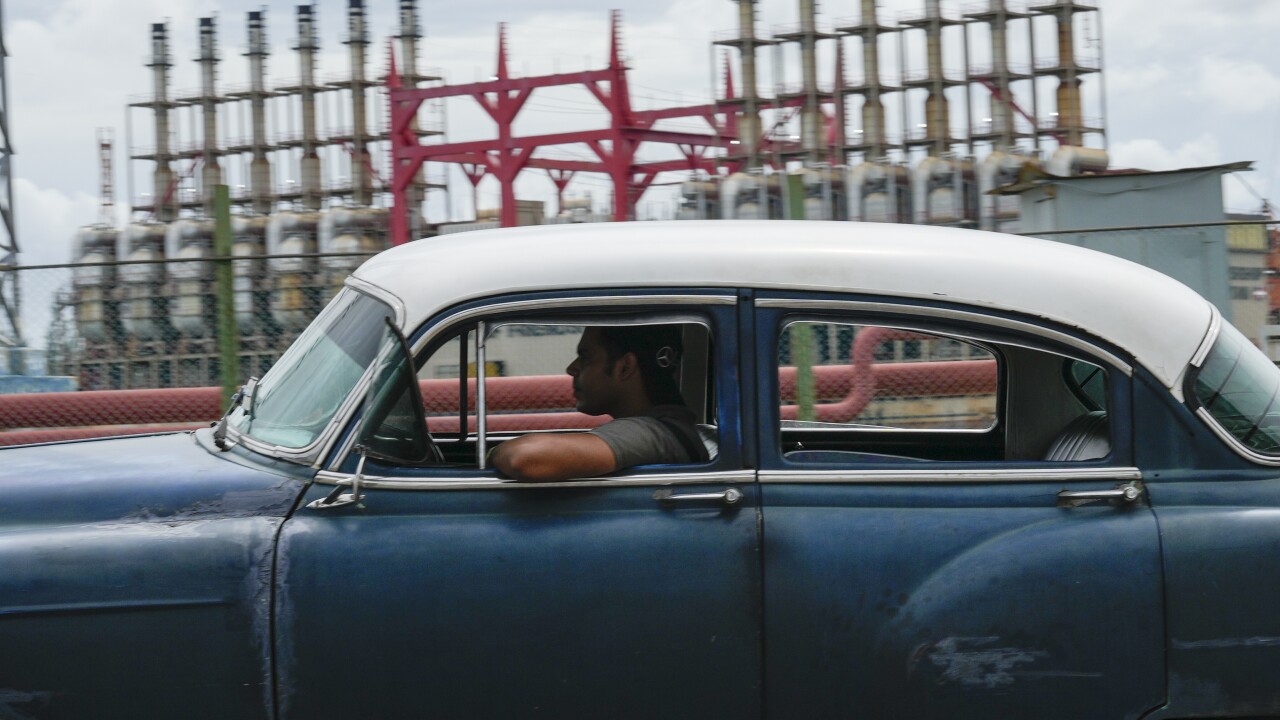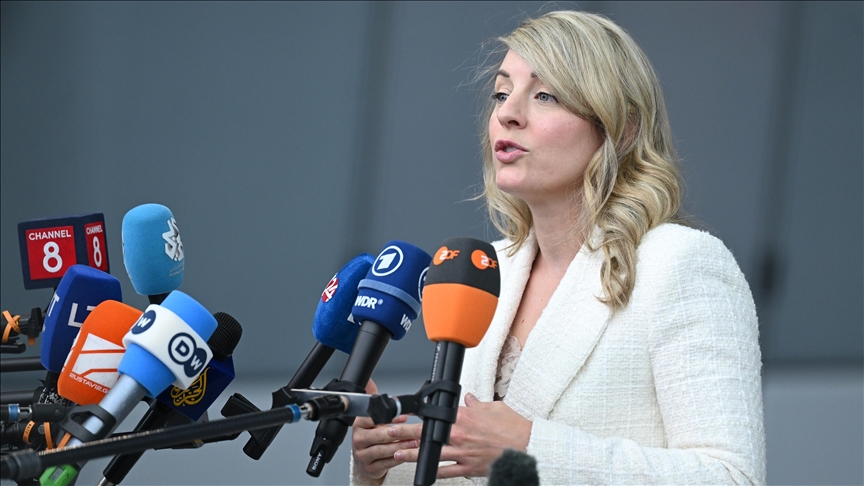Putin claimed that Ukraine had backed out of the last peace negotiations, while reiterating Russia's willingness to engage in peace talks.
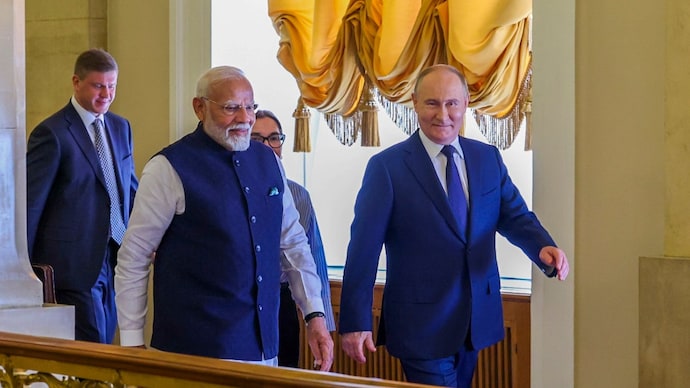
PM Modi and Russian President Putin
India Today
New Delhi,
Written By: Nakul Ahuja
India says Russia will ultimately win war with Ukraine
Blames US, NATO for instigating conflict
Russian President Vladimir Putin stated on Friday that it is challenging to set a timeline for ending the ongoing war in Ukraine, but he asserted that Russia will ultimately prevail. Speaking at his official residence in Novo-Ogaryovo, near Moscow, Putin expressed appreciation for Indian Prime Minister Narendra Modi's concerns regarding the situation.
Putin acknowledged PM Modi as a "friend" and expressed gratitude for India's support in seeking a peaceful resolution to the Russia-Ukraine conflict. He mentioned that Ukraine had backed out of previous negotiation efforts and reiterated Russia's willingness to engage in peace talks.
Regarding the conflict, Putin claimed that the United States and NATO were responsible for instigating the war, stating, "NATO is waging a war against us." He declared, "We will have the upper hand. We'll win. We'll prevail," while asserting that the Russian military has become one of the most advanced in the world.
He also accused the US of resorting to provocative actions in different regions and "literally dragging NATO like puppies into Asia like an angry big person".
Ahead of the 16th BRICS Summit, scheduled for October 22-23 in Kazan, Putin endorsed PM Modi's characterisation of BRICS as "not an anti-Western one but a non-Western one." He emphasised that the grouping, which recently expanded from five to ten members, should not be viewed as a "bloc-style organisation."
In addition to discussing the Ukraine situation, Putin highlighted the significance of BRICS as a platform for economic cooperation, noting that it represents 24% of global GDP and 41% of the world's population. He stated that BRICS is open to new members and that its development would benefit even non-member countries.
Putin also touched upon various topics, including the potential for a common currency within BRICS, which he said is progressing "slowly and cautiously." He expressed interest in promoting Indian films in Russia and acknowledged the popularity of Indian cinema.
On the international stage, Putin voiced concerns over the escalating situation in Gaza and noted that Palestinian President Mahmoud Abbas has been invited to participate in BRICS events.
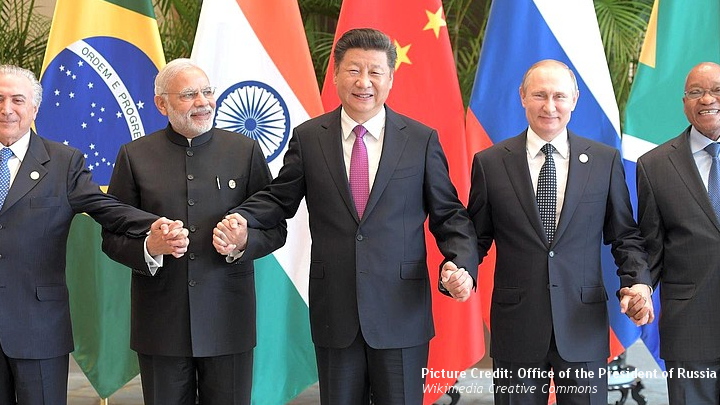
Commentaries and Op-eds Experts Take
KEY TAKEAWAYS
India’s relations with anti-U.S. BRICS states like Russia and Iran complicate U.S.-India ties.
But these relationships have not obstructed the development of security ties with the U.S.
Leaders of the BRICS (Brazil, Russia, India, China, and South Africa) will meet in Kazan, Russia from October 22-24 for the 16th BRICS Summit. BRICS will welcome its five new members (Egypt, Ethiopia, Iran, Saudi Arabia, and the United Arab Emirates), with at least 24 other prospective members joining the summit. As BRICS expands and looks to become a more influential player in world affairs, India faces the increasingly complicated task of continuing to deepen ties with the United States and play a leading role in Russian- and Chinese-dominant global forums, like BRICS.Jagannath Panda, head of the Stockholm Center for South Asian and Indo-Pacific Affairs at the Institute for Security and Development Policy, discusses India’s views on BRICS expansion, what its membership in the grouping says about India’s foreign policy and how it impacts ties with the U.S.
In 2024, five new countries joined BRICS, and dozens of other countries have expressed interest in joining. Where does India stand on BRICS expansion and does its position differ from that of Russia and China?
Panda: Kazan marks the first BRICS summit since its expansion and will also include other Global South nations that have expressed interest in joining. While BRICS expansion has brought attention to its collective economic power, the grouping currently has very little in the way of an organizational structure or achievements. Hence, this summit may include deliberations on the challenges of integrating a larger, more diverse membership and deepening cooperation within the grouping, perhaps through a “partner country” and “observer country” model.
Discussion of subsequent expansions are premature, India will continue to be cautious and reserve judgment in this area realizing the significance that China holds in the grouping. India’s support for the recently added members to the BRICS forum was rooted more in backing members that could add economic vigor to the grouping such as the UAE, its own strategic partnerships with the newly added countries, and a desire to see greater global representation. In the future, too, India is likely to support states, including those in Southeast Asia, with similar interest-based criteria, disregarding states with a clear “anti-India” agenda such as Pakistan.
India sees BRICS and its expansion as a multipolar base to expand its economic outreach in the Middle East and beyond.For New Delhi, BRICS provides significant leverage for promoting India’s global leadership aspirations, as well as strategic autonomy and multipolar vision both in the West and the Global South. The optics of India as a bridge between Western (like the Quad) and non-Western forums, or even a participant in both, creates a favorable impression about its bargaining capacity. Not to mention, the opportunities to maneuver a wide range of states for its multi-aligned foreign policy objectives at a time when its economic power appears to be on the rise. Access also allows greater coordination potential in regions such as Central Asia or West Asia where China is stronger than ever.New Delhi expects that the expansion of BRICS will further boost India’s strategic position across the world (particularly in the Middle East). While many consider BRICS a China-driven multilateral Eurasian project, for India it is an important part of its foreign policy matrix. In other words, India sees BRICS and its expansion as a multipolar base to expand its economic outreach in the Middle East and beyond.
What are the key items on the agenda for the upcoming BRICS summit in Kazan, and what should observers be watching for from India?
Panda: Russia holds the presidency of BRICS this year. That Russian President Vladimir Putin is hosting the upcoming BRICS summit in Kazan — the capital of Tatarstan in the Russian heartland of the Volga region — is in itself a statement. The location showcases Russian affluence and an identity that is a blend of both East and West and hosting the summit there advances Moscow’s effort to project itself in a better light and demonstrate that it is not entirely an isolated country internationally. The crisis in the Middle East, rather than the war in Ukraine, is likely to dominate the conversation, as a large section of the Global South has strongly condemned Israel’s actions following Hamas’ October 7 terrorist attack.
India’s stance on Israel has differed somewhat from other BRICS members. In the latest vote at the U.N. General Assembly on a resolution calling for the end to Israel’s occupation of Palestinian territories, India and Ethiopia were the only two BRICS countries that abstained, while all others were for the resolution. While India’s position on the Middle East conflict is unlikely to play a role in the summit — divisions are not uncommon among BRICS members — it may matter for longer-term competition with China to be viewed as a leader of the Global South. China has been heavily critical of Israel over the last year, hosted rival Palestinian factions for reconciliation talks, and aligned itself with the Arab world and much of the Global South on the Arab-Israeli conflict.
The development of a BRICS-centric financial system remains a top priority, particularly as two member countries (Russia and Iran) now have various sectors including the economy and military hindered by Western sanctions. This ties into broader efforts toward economic sovereignty and stability within the group, especially amid global shifts toward de-dollarization.
But the new BRICS currency seems unfeasible for now. India would be cautious of “de-dollarization” or even using local currencies for trade, depending on the viability of the partner state. While rupee-ruble trade has increased, Indian financial regulators are still wary of granting licenses to Russian banks. Earlier this year, India’s top banker, Reserve Bank of India Governor Shaktikanta Das, dismissed “de-dollarization” as a “media creation.”
The summit will, however, look to enhance the grouping’s New Development Bank as a viable alternative to Western financial institutions for financing sustainable projects in Global South economies.
Russia has outlined a broad-based agenda for the Kazan summit. But the focus is likely to be on the strategic-political agenda, in particular advancing multipolarity and multilateralism and coalescing a middle power-led opposition to the Western-led liberal order. While India does not have an anti-West agenda, this vision of a multipolar world is consistent with its interests to increase its own capabilities and influence — which necessitates some reduction in Western dominance — but is not as firmly rooted in Russia and China’s anti-West rhetoric.
The BRICS summit will bring Xi Jinping and Narendra Modi together in person. Do you expect any breakthroughs in the difficult relationship between China and India?
Panda: The BRICS summit provides a rare opportunity for direct dialogue between Chinese leader Xi Jinping and Indian Prime Minister Narendra Modi at a time when mutual distrust is palpable. The two leaders could address their essential concerns over the prolonged standoff at their border and trade imbalances in a multilateral setting, where both leaders can explore cooperative avenues under the BRICS framework.
However, the meeting, if it happens, is unlikely to produce any immediate breakthroughs in their strained relationship. Although there has been some military disengagement along the disputed border between India and China following successful diplomatic and military negotiations, the lack of high-level interaction at the leadership level and India’s continued stance that the border needs to be addressed before moving forward with the bilateral relationship, makes it unlikely that the summit will produce any major breakthroughs.
Nevertheless, any diplomatic progress, even incremental, could lay the groundwork for reducing regional friction and enhancing cooperation in trade, technology and infrastructure development within BRICS. In keeping with recent trends, India’s China stance may soften temporarily due to such a type of leadership meeting, though not permanently as the issues between the two sides are complex and long drawn.
How does India’s role in BRICS, a group that includes Russia, China, and now Iran, complicate its deepening ties with the United States?
India’s relationship with anti-U.S. BRICS states like Russia and Iran adds a layer to the already complex India-U.S. dynamics, but this is nothing new. India has a long-standing policy of strategic autonomy, striving to pursue its interests in its relations with the United States and countries like Russia and China.
India’s economic rise and push for security ties with the West may grant it further leverage to moderate the more aggressive stances of China and Russia.BRICS serves as a platform for India to advocate for multipolarity and alternatives to U.S.-dominated institutions. This would seemingly hinder Delhi’s deepening security ties with the Washington. But India’s presence in these China-dominated, non-Western forums may also play a constructive role as U.S. relationships with China, Russia and Iran become more confrontational, particularly for shaping out to be completely an anti-West sentiment. India’s economic rise and push for security ties with the West may grant it further leverage to moderate the more aggressive stances of China and Russia.Further, India’s diplomacy during the Ukraine war and its continuing trade with Russia have not significantly hindered U.S.-India ties, and it’s unlikely that BRICS would pose any additional complications.
India’s focus within BRICS has been on showcasing multipolarity and advocating for equitable global governance, a stance in India’s foreign policy that the U.S. is well aware of. The inclusion of Iran, while complex, also offers India a chance to stabilize regional dynamics without directly antagonizing the United States — a predictable, precarious diplomatic balancing for India, especially given the escalating Iran-Israel conflict.
On another note, how the addition of new members shifts the nature of BRICS functioning is of interest to both the United States and India. Although going by past summits’ non-productive outcomes, a major achievement this time around should not be expected too.
Overall, India’s presence in BRICS can be seen as a strategic asset that adds depth to its foreign policy without obstructing the development of security ties with the United States.
Dr. Jagannath Panda is the head of the Stockholm Center for South Asian and Indo-Pacific Affairs at the Institute for Security and Development Policy, Sweden. He is also a senior fellow at The Hague Centre for Strategic Studies in the Netherlands and a professor at the University of Warsaw. Dr. Panda is the series editor for Routledge Studies on Think Asia.
This interview/piece is first published at the United States Institute of Peace (USIP) in Washington DC on October 17, 2024.
